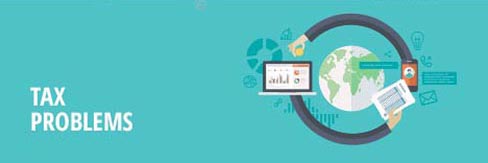
Dividend Allowance and rates of tax

ARCHIVE
NEWS
BUSINESS
JAN 2016
OUR
PROCESS
GET IN TOUCH
WITH US
GET TO KNOW
US
Registered office: 61 Friar Gate, Derby, Derbyshire, DE1 1DJ T: 01332 202660
Adrian Mooy & Co is the trading name of Adrian Mooy & Co Ltd. Registered in England No. 05770414
Further details have been provided of the new rates of income tax on dividends and the new Dividend Allowance which will apply to dividends received on or after 6 April 2016.
The rates of income tax on dividends will be:
- 7.5% for dividend income within the basic rate band (ordinary rate)
- 32.5% for dividend income within the higher rate band (upper rate)
- 38.1% for dividend income within the additional rate band (additional rate)
There will also be a new Dividend Allowance of £5,000 where the tax rate will be 0% - the dividend nil rate. The Dividend Allowance applies to the first £5,000 of an individual's taxable dividend income and is in addition to the personal allowance.
Where an individual receives dividend income that would otherwise be chargeable at the dividend ordinary, upper or additional rate, and the income is less than or equal to £5,000, the dividend nil rate will apply to all of the dividend income. Where the dividend income is above £5,000, the lowest part of the dividend income will be chargeable at 0%, and anything received above £5,000 is taxed at the rate that would apply to that amount if the dividend nil rate did not exist.
In calculating the tax band into which any dividend income over the £5,000 allowance falls, savings and dividend income are treated as the highest part of an individual's income. Where an individual has both savings and dividend income, the dividend income is treated as the top slice.
The following example illustrates how the new Dividend Allowance and rates will work:
Patricia has a salary of £40,500 and dividend income of £7,000 in 2016/17. Her total income is therefore £47,500. The total of her personal allowance and basic rate band comes to £43,000. Therefore part of her dividend income would be taxed at the upper rate were it not for the operation of the new dividend nil rate.
So £5,000 will be taxed at 0% and £2,000 will be taxed at the upper rate of 32.5%


.png?crc=484381513)

